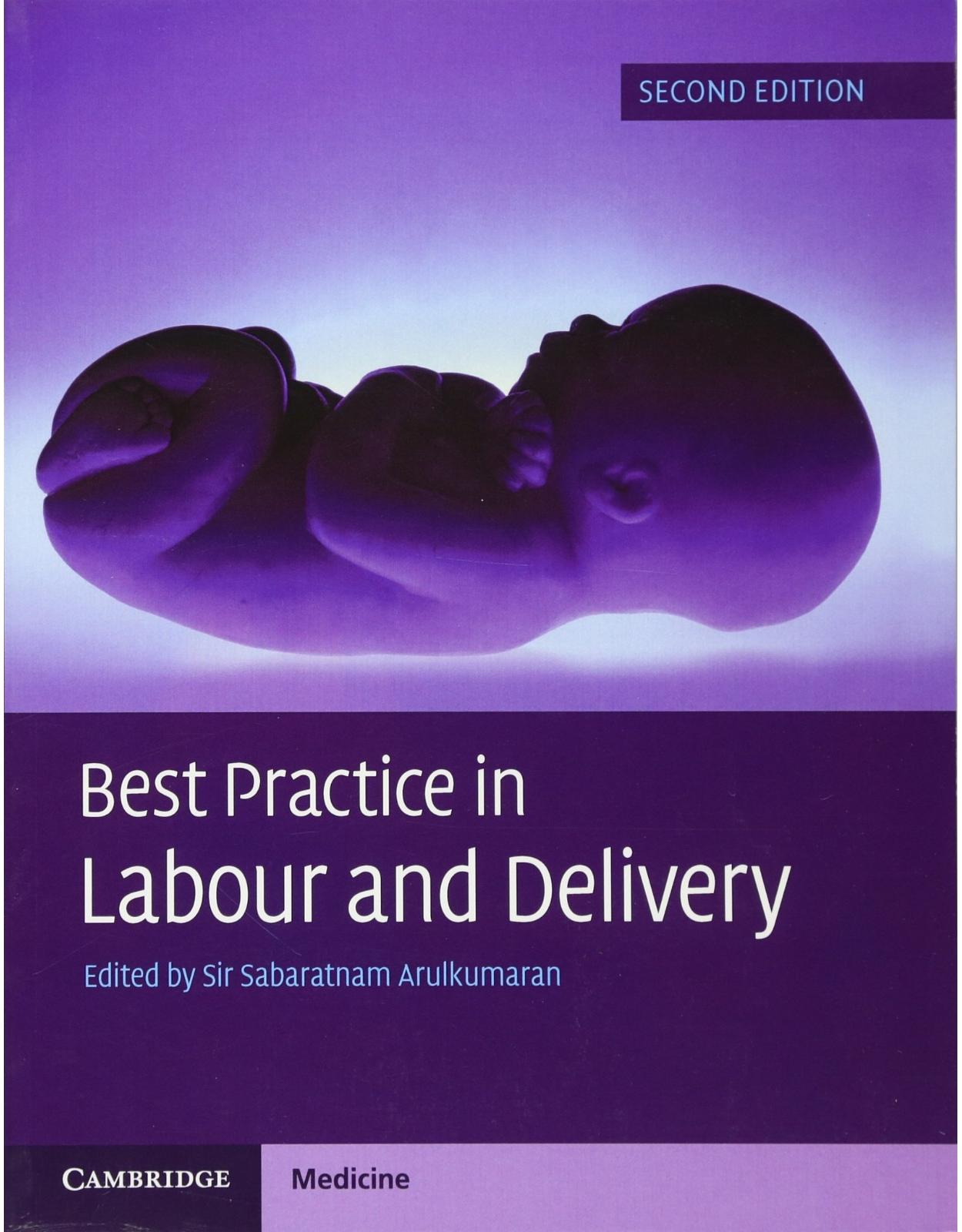
Best Practice in Labour and Delivery
Livrare gratis la comenzi peste 500 RON. Pentru celelalte comenzi livrarea este 20 RON.
Disponibilitate: La comanda in aproximativ 4 saptamani
Autor: Sir Sabaratnam Arulkumaran
Editura: Cambridge University Press
Limba: Engleza
Nr. pagini: 431
Coperta: Paperback
Dimensiuni: 19.05 x 2.54 x 25.15 cm
An aparitie: 24 Nov. 2016
Description:
In light of new recommendations for intrapartum care, this fully updated second edition offers a review of best practice in all aspects of labour and delivery. This authoritative guide incorporates revised recommendations from the latest MBRRACE-UK Report, NICE guidelines, Cochrane Reviews and RCOG Green-top Guidelines to provide advice that is in line with the latest research and practice. New chapters cover the aspects of non-technical skills, ranging from leadership and team work to situational awareness and decision making. This edition also emphasises the problem of adherent placenta and discusses how it should be managed. With its modern, evidence-based approach, Best Practice in Labour and Delivery is the ideal textbook for those training in labour ward practice and studying for postgraduate examinations. Offering clear and practical guidance, this comprehensive book will help all obstetricians, obstetric anaesthetists, midwives and nurse practitioners to understand and deliver the best clinical care to patients.
Table of Contents:
Chapter 1 Pelvic and Fetal Cranial Anatomy and the Stages and Mechanism of Labour
Introduction
Anatomy of the Female Pelvis
Anatomy of the Fetal Skull
The Uterus During Pregnancy
Uterine Size
Uterine Shape and Position
Uterine Vascular Adaptations
Uterine Contractility
Length of Pregnancy and Initiation of Labour
Length of Pregnancy
Initiation of Labour
Maternal Endocrine and Genetic Influence
Fetal Influence
Clinical Assessment During Pregnancy and Labour
Abdominal Palpation
First Manoeuvre
Second Manoeuvre
Third Manoeuvre
Fourth Manoeuvre
Symphysio-Fundal Height
Presentation
Engagement
Lie
Position
Attitude
Asynclitism
Pelvic Examination
Clinical Pelvimetry
Cervical Assessment
Cervical Effacement
Cervical Dilatation
Cervical Position
Cervical Consistency
The Station
Stages and Duration of Normal Labour
First Stage
Second Stage
Third Stage
Mechanism of Labour
Engagement
Descent
Flexion
Internal Rotation
Extension
External Rotation (Restitution)
Expulsion
Maternal Pushing in Labour
References
Chapter 2 The First Stage of Labour
Normal Labour
Nomograms of Cervical Dilatation
Diagnosis of Labour
Management of the First Stage of Labour
Initial Assessment
General Examination
Abdominal Examination
Vaginal Examination
Investigations
Observations During the Established First Stage of Labour
Mobility and Posture in Labour
Use of Analgesia and Anaesthesia
Meconium
Diagnosis of Poor Progress of Labour
Management Options: Augmentation Indications
When to Augment Labour
Practical Aspects of Labour Management
Augmentation in the Latent Phase of Labour
Augmentation in the Active Phase of Labour
The Role of Artificial Rupture of the Membranes (Amniotomy – or ARM)
Oxytocin Dosage and Time Increment Schedules
Achievement of Optimal Uterine Activity
The Measurement of Uterine Contractions
Duration of Augmentation
Summary
References
Chapter 3 Analgesia and Anaesthesia in Labour
The Pain of Labour
Why Labour Hurts
The Effects of Pain and Pain Relief
Supporting Women's Choices During Childbirth
Preparing for Childbirth
Midwife-led Pain Relief
Relaxation Techniques
TENS (Transcutaneous Electrical Nerve Stimulation)
Inhaled Analgesia
Pethidine (Meperidine) and Other Intramuscular Opioids
Methods Not Based in Evidence
Invasive Methods for Pain Relief
Lumbar Epidurals
Technique for Lumbar Epidural
Effect on the Progress and Outcome of Labour
PDPH (Post-Dural Puncture Headache)
Intrapartum Fever
Other Complications
Combined Spinal-Epidural
Intravenous Opioids
Remifentanil
Other Opioids
Anaesthesia in Labour
Choice of Technique and Preparation
Lumbar Epidural Anaesthesia
Spinal Anaesthesia
Height of Block Required
Principal Complications of Regional Anaesthesia
Pain
High Block
General Anaesthesia (GA)
Caesarean Section Considerations
Following up Mothers After Regional Blocks or GA
Further Reading
References
Chapter 4 Intrapartum Fetal Monitoring
Introduction
Monitoring During Initial Assessment
Intermittent Auscultation
Meconium-stained Amniotic Fluid
Intermittent Electronic Fetal Monitoring
Admission Test (AT) Cardiotocography
Continuous Electronic Fetal Monitoring
Interpretation of CTG
Baseline Rate
Baseline Variability
Accelerations
Decelerations
Early Decelerations
Late Decelerations
Variable Decelerations
Prolonged Decelerations
Sinusoidal Pattern
Categorization of CTGs Based on the Features of the Trace
Conservative Measures
Testing Fetal Well-being by Adjunct Technology
Fetal Stimulation
Fetal Scalp Blood Sampling
Fetal Electrocardiogram (ECG): ST Waveform Analysis
Fetal Pulse Oxymetry (FPO)
Conclusion
References
Chapter 5 Uterine Contractions
Introduction
Physiological Basis of Uterine Contractions
Measurement of Uterine Activity: The Need and the Methods
Maternal Perception
Contraction Assessment by Manual Palpation
Contraction Assessment by External Tocography
Contraction Assessment by Internal Tocography
Uterine Electromyography (EMG)
Quantification of Uterine Activity
Uterine Activity Measurement
Uterine Activity in Normal Labour
Uterine Contractions and Parity
Maternal Characteristics that Affect Uterine Contractions
Uterine Contractions and Previous Caesarean Section (CS)
Uterine Contractions and Induced Labour
Abnormal Contraction Patterns (In-Coordinate Uterine Contractions)
Conclusion
References
Chapter 6 The Management of Intrapartum ‘Fetal Distress’
Introduction
Fetal Asphyxia and ‘Fetal Distress’ in Labour: Definitions
Perinatal Mortality and Morbidity
The Consequences of Intervention for Fetal Distress
Management of ‘Fetal Distress’: Decision Making
The Fetal Reserve
Assessment of Fetal Reserve: Preparation Before Labour
The Cause of Fetal Distress in Labour
Contractions and Placental Blood Flow
Cord Compression
Failure to Progress or Dystocia
Maternal Positioning
Sudden Dramatic Events
Vasa Praevia
Cord Prolapse
Abruption
Uterine Rupture
Intrauterine Resuscitation
Maternal Positioning in Left Lateral
Stopping the Contractions
Tocolysis
Intravenous Fluids
Amnioinfusion
Oxygen
Delivering the Fetus
Caesarean Section or Operative Delivery
Forceps or Vacuum Delivery
Managing Fetal Distress: Non-technical Skills
How Do We Make the ‘Right’ Decisions?
The Nature of High-Velocity Decision Making
Filtering of Information is Crucial
Conclusions
References
Chapter 7 Nutrition and Hydration in Labour
Introduction
Practical Obstetric Considerations
Changes in Obstetric Anaesthetic Practice
General Anaesthesia
Diminishing Rates of General Anaesthesia
Regional Anaesthesia and Analgesia
Oral Intake in Labour
Unrestricted Diet in Labour
Restricted Diet in Labour
Low-Carbohydrate ‘Sport Drinks’
Patient Choice
Conclusion
References
Chapter 8 Prolonged Second Stage of Labour Including Difficult Decision Making on Operative Vaginal Delivery and Caesarean Section
Introduction
Duration of the Second Stage of Labour
Outcomes of Prolonged Second Stage of Labour
Causes of Prolonged Second Stage of Labour
Epidural Anaesthesia and Prolonged Second Stage of Labour
How to Avoid Prolonged Second Stage of Labour
Support in Labour
Women's Position in the Second Stage of Labour
Pushing in the Second Stage of Labour
Oxytocin Augmentation
Role of Episiotomy in Prolonged Second Stage of Labour
Operative Delivery in the Second Stage of Labour
Assessment Prior to Operative Delivery
Vacuum vs. Forceps
Deciding Between Operative Vaginal Delivery and Caesarean Section
Conclusion
References
Chapter 9 Instrumental Vaginal Deliveries
Introduction
Indications
Contraindications
Prerequisites for Safe IVD
Vacuum-assisted Deliveries
Forceps Deliveries
Delivery in Malposition of the Fetal Head
Complications
Maternal Injuries
Fetal Injuries
Scalp Bruises and Lacerations
Cephalhaematoma
Subgaleal Haemorrhage and Cranial Trauma
Intracranial Trauma
Nerve Injury
Choice of Instrument
Conclusion
References
Chapter 10 Caesarean Deliveries
Introduction
Classification of CS
Indications for CS
The Incidence of CS
Techniques
Complications
Early Maternal Complications
Conclusions
References
Chapter 11 Breech and Twin Delivery
Breech Birth
Breech Birth at Term
External Cephalic Version (ECV)
Efficacy
Techniques to Improve Success
Safety
Uptake
Conduct of ECV
Vaginal Breech Birth
Selection for Vaginal Breech Birth
Conduct of Labour
Conduct of Breech Birth
Assisted Breech Delivery
Bracht Technique
Manoeuvres for Delay in Delivery of the Arms
Lovset's Manoeuvre
Classical Arm Development
Nuchal Arms
Head Entrapment
Multiple Birth
Multiple Birth at Term
Vaginal Twin Birth
Selection
Conduct of Labour
Fetal Monitoring
Analgesia
Oxytocin Augmentation
Birth of Twin 1
Birth of Twin 2
Twin 2 Cephalic
Twin 2 Non-cephalic
Inter-Twin Delivery Interval
Preterm Breech and Twin Birth
References
Chapter 12 Cord Prolapse and Shoulder Dystocia
Umbilical Cord Prolapse
Definition
Pathophysiology of Cord Prolapse
Neonatal Morbidity and Mortality Associated With Cord Prolapse
Incidence and Risk Factors
Prediction
Prevention
Management
Recognition of Cord Prolapse
Call for Help
Prepare for Immediate Delivery and Minimize Cord Compression
Reducing Cord Compression
Digital Elevation
Maternal Positioning
Bladder Filling
Assess Fetal Well-being
Prepare for Immediate Delivery
Delivery
Neonatal Resuscitation
Documentation
Shoulder Dystocia
Definition and Incidence
Pathophysiology of Shoulder Dystocia
Antenatal Risk Factors for Shoulder Dystocia
Macrosomia
Previous Shoulder Dystocia
Maternal Diabetes Mellitus
Instrumental Delivery
Maternal Obesity
Parity
Gestational Age
Intrapartum Risks
Prediction
Prevention
Management
Recognition of Shoulder Dystocia
Call for Help
Clearly State the Problem
McRoberts’ Position
Suprapubic Pressure
Evaluate the Need for an Episiotomy
Internal Manoeuvres
Delivery of the Posterior Arm
Internal Rotational Manoeuvres
All-fours Position
Additional Manoeuvres
Cephalic Replacement Followed by Caesarean Section
Symphysiotomy
What Not To Do
Do Not Pull Hard, Do Not Pull Quickly, Do Not Pull Down
Do Not Apply Fundal Pressure
Documentation
After the Birth
Maternal Morbidity Associated With Shoulder Dystocia
Neonatal Morbidity and Mortality Associated With Shoulder Dystocia
Brachial Plexus Injury
Risk of Brachial Plexus Injury
Classification of Brachial Plexus Injury
Erb's Palsy
Klumpke's Palsy
Total Brachial Plexus Injury
Other Fetal Injuries
Lessons for Training
References
Chapter 13 Antepartum Haemorrhage
Introduction
Aetiology
Diagnosis and Management
History
Physical Examination
Initial Management and Investigations
Placenta Praevia
Clinical Implication
Maternal Risks
Fetal Risks
Diagnosis
Clinical
Screening for Low-Lying Placenta
Management Options
Immediate Delivery
Expectant Management
Mode of Delivery
Vasa Praevia
Placenta Percreta/Accreta
Placental Abruption
Risk Factors and Aetiopathogenesis
Clinical Implication
Maternal Risks
Fetal Risks
Diagnosis
Clinical
Ultrasonography
Management Options
Expectant Management
Immediate Delivery
Management of complications
Haemorrhagic Shock
Disseminated Intravascular Coagulation
Renal Failure
Postpartum Haemorrhage
Subsequent Pregnancy After Placental Abruption
References
Chapter 14 Management of the Third Stage of Labour
Physiology of the Third Stage of Labour
Placental Separation
Signs of Placental Separation
Haemostasis
Vaginal Examination and Assessment of the Perineum After the Birth of the Baby
Third Stage Management
Expectant Management
Active Management
Uterotonic Drugs Used in the Third Stage of Labour (Table 14.2)
Delayed Cord Clamping
Controlled Cord Traction
Management at Caesarean Section
Retained Placenta
Aetiology of Retained Placenta
Risk Factors for Retained Placenta
Management of Retained Placenta
Technique of Manual Removal of the Placenta
Retained Placenta Under Special Circumstances
Women at Risk of Postpartum Haemorrhage
Risk Factors for PPH [6]
Antenatal risk factors
Intrapartum risk factors
Prevention of Postpartum Haemorrhage is Much Easier than its Treatment
Postpartum Care
Errors in the Management of the Third Stage and their Sequelae
Conclusion
References
Chapter 15 Postpartum Haemorrhage
Pathophysiology
Risk Factors for PPH
Causes of PPH
Role of the ‘Rule of 30’ and ‘Obstetric Shock Index’ in Estimation of Blood Loss
Management
Resuscitation
A and B: Assess Airway and Breathing
C: Circulation
Pharmacological Treatment of Postpartum Haemorrhage
Surgical Management of Intractable Postpartum Haemorrhage
Uterine Tamponade
Compression Sutures
Systematic Pelvic Devascularization
Selective Arterial Embolization
Subtotal or Total Abdominal Hysterectomy
Current Concepts and New Developments
Systemic Haemostatic agents
Tranexamic Acid
Recombinant Activated Factor VII
Cell Salvage
Non-pneumatic Anti-shock Garment (NASG)
Blood and Blood Products
The Triple P Procedure for Morbidly Adherent Placentae
Conclusion
References
Chapter 16 Management of Morbidly Adherent Placenta
What is Morbidly Adherent Placenta?
What Causes MAP?
Why is MAP Important?
Can MAP be Prevented or Predicted?
Antenatal Care of Women with MAP
How is MAP Diagnosed?
Antenatal Monitoring and Place of Care
Management of Delivery in Patients With MAP
Peripartum Hysterectomy
Uterine Conserving Measures
Intentional Retention of the Placenta (IRP)
Triple P Procedure
Other Uterine Conserving Approaches
Role of Interventional Radiology
Management of Significant Bladder or Ureteric Invasion
Key Learning Points
References
Chapter 17 Acute Illness and Maternal Collapse in the Postpartum Period
Introduction
Incidence
Causes
Presentation
Management
Immediate Management
Resuscitation and Stabilization
Assessment
Subsequent Management
Specific Conditions
Hypertensive Disorders
Postpartum Haemorrhage
Genital Tract/Abdominal Sepsis
Amniotic Fluid Embolus
Peripartum Cardiomyopathy
Thromboembolic Disease
Pulmonary Embolism
Cerebral Vein Thrombosis
General Anaesthesia
Aspiration Pneumonitis
Atelectasis, Respiratory Depression and Airway Obstruction
Regional Anaesthesia
Cardiac Disease
Myocardial Infarction
Aortic Dissection
Arrhythmias
Respiratory Disease
Asthma
Pneumonia
Adverse Drug Reactions
Anaphylaxis
Toxicity/Side-Effects
Drug Withdrawal
Metabolic
Primary Neurological
Epilepsy
Stroke/Cerebrovascular Accident (CVA)
Posterior Reversible Encephalopathy Syndrome (PRES)
Other Non-Obstetric
Air Embolus
Vasovagal Syncope
Other Vascular
Other Considerations
Summary
References
Chapter 18 Episiotomy and Obstetric Perineal Trauma
Applied Anatomy
Anatomy of the Perineum
Urogenital Triangle
Anal Triangle
Perineal Body
Levator Ani
Classification
Episiotomy
Indications for Episiotomy
Diagnosis of Perineal Trauma
Management and Repair of Perineal Trauma
First-Degree Tears and Labial Lacerations
Episiotomy and Second-Degree Tears
Third- and Fourth-Degree Tears
Postoperative Care
Follow-up
Management of Subsequent Pregnancy
Medico-legal Considerations
Training
Prevention
Conclusions
References
Chapter 19 Induction of Labour
Introduction
Definition
Factors Determining Success of Induction of Labour
Parity and Cervical Status
Changes in the Cervix
Uterine Contractions
Position of Vertex
Body Mass Index
Role of Cervical Length Measurement by Ultrasound and Fetal Fibronectin
Methods of Induction of Labour
Pharmacological Methods
Dinoprostone (PGE2)
Evidence
Gel versus Tablets
Misoprostol (PGE1)
Evidence
Oral versus Vaginal Misoprostol
Oxytocin
Evidence
Non-Pharmacological Methods
Mechanical Methods
Evidence
Other Methods of Mechanical Induction
Amniotomy (ARM – Artificial Rupture of Membranes)
Sweeping Membranes
Mifepristone
Indications for Induction of Labour
Risks Associated with Induction of Labour
Place of Induction of Labour
Evidence for IOL in Various Obstetric Situations
Prolonged Pregnancy
Prelabour Rupture of Membranes (PROM) at Term
Fetal Macrosomia
Overt Diabetes and Gestational Diabetes Mellitus (GDM)
Pre-eclampsia
Intrauterine Growth Restriction (IUGR)
Vaginal Birth After Caesarean (VBAC)
Intrauterine Fetal Death (IUFD)
Other Indications
Failed Induction of Labour
Definition
Reasons for Failed Induction of Labour
Failed Induction of Labour: Suggestions to Improve the Vaginal Delivery Rates
Antenatal Counselling
Management Options after Failed Primary Induction
Summary
References
Chapter 20 Preterm Prelabour Rupture of Membranes (pPROM)
Introduction
Aetiology and Pathophysiology
Diagnosis and Initial Assessment
Current State of the Management of pPROM
Appropriate Setting for Management
Timing of Delivery
Antibiotic Therapy to Prolong Latency and Prevent Neonatal Morbidity After pPROM
Tocolysis
Antenatal Corticosteroids Administration
Group B Streptococcal Colonization and pPROM
The Role of Amniocentesis
Conclusions
References
Chapter 21 The Management of Preterm Labour
Background
Mortality and Morbidity Associated with PTB
Financial Cost of PTB
Diagnosis of Genuine Preterm Labour
The Use of Transvaginal Ultrasound Scanning of Cervical Length or Measurement of Fetal Fibronectin for the Diagnosis of SPTL
Contraindications to Intervention in SPTL
Tocolytics for the Inhibition of SPTL and PTB
Historical Perspective
Tocolytic Myths and Legends
Maintenance Therapy
Efficacy of Tocolytics for the Inhibition of Preterm Labour
Prostaglandin Synthetase Inhibitors
β2-agonists
Pathophysiology of Pulmonary Oedema with the Use of β2-agonists
Calcium Channel Blockers
Oxytocin Receptor Antagonists
The Worldwide Comparative Trial of Atosiban Versus β2-agonists
The 2005 Cochrane Systematic Review of Oxytocin Receptor Antagonists
Safety of Tocolytics
Cardiovascular Actions of Nifedipine
Safety Concerns for Nifedipine
Cost of Tocolytic Therapy
International Differences in the Choice of First Line Tocolytic
In Utero Transfer
Antepartum Glucocorticoids
Intrapartum Monitoring of Preterm Infants
Mode of Delivery of the Preterm Infant
Mode of Delivery of the Preterm Infant Presenting Cephalically
Mode of Delivery of the Preterm Infant Presenting by the Breech
Vaginal Operative Deliveries of the Preterm Infant
Preterm Prelabour Rupture of the Membranes
Management of SPTL at the Limits of Viability
Magnesium Sulphate as a Neuroprotective in the Management of PTB
Conclusions
References
Chapter 22 Labour in Women with Medical Disorders
Introduction
Heart Disease
Managing Anticoagulation
Timing of Delivery
Mode of Delivery
Effective Regional Analgesia
Monitoring
Infective Endocarditis
Postpartum Haemorrhage
Postpartum Care
Thrombosis
Intrapartum Management of Anticoagulation
Intrapartum Anticoagulation Management in Specific Situations
Women Receiving Prophylactic Low-Dose LMWH for Recurrent Miscarriage or Previous Adverse Pregnancy Outcome
Women Receiving Prophylactic Low-Dose LMWH for VTE Prophylaxis Because of Previous VTE or Other Identified Risk Factors for VTE
Women Fully Anticoagulated with LMWH
VTE in the Current Pregnancy [4]
Metal Heart Valves
Women Presenting in Labour or Needing Urgent Delivery Fully Anticoagulated on Warfarin or Heparin
Thrombocytopenia
Imminent Delivery with a Platelet Count <50 × 109/L
Inherited Coagulation Deficiencies
Haemophilia and von Willebrand Disease (VWD)
Treatment
Delivery
Postnatally
Sickle Cell Disease
Diabetes
Pre-Existing Diabetes
Delivery
Diabetic Control in Labour and Delivery
Diabetic Control Postpartum
Neonate
Gestational Diabetes
Delivery
Diabetic Control
Addison's Disease
Asthma
Cystic Fibrosis
Epilepsy
Myasthenia Gravis
Drug Use and Drug Interactions in MG
Neonatal Myasthenia Gravis
Puerperal Infection
Berry Aneurysms and Cerebral Arteriovenous Malformations
Infectious Diseases
HIV
Mode of Delivery
Antiretroviral Treatment
Untreated Women with HIV in Labour
Hepatitis B
Hepatitis C
Genital Herpes
Renal Disease
Obstetric Cholestasis
References
Chapter 23 Management of Women with Previous Caesarean Section
Introduction
Antenatal Management
Contraindication to TOLAC
Benefits and Risks of TOLAC vs ERCD
Maternal Benefits and Risks of TOLAC vs ERCD
Short-Term Maternal Outcomes
Long-Term Maternal Outcomes
Fetal and Neonatal Benefits and Risks of TOLAC vs ERCD
Overall
Factors Affecting VBAC in TOLAC
Counselling on Mode of Delivery
Labour Management for TOLAC
Setting
Analgesia and Anaesthesia
Induction and Augmentation
Membrane Stripping
Oxytocin
Prostaglandins E2
Trans-cervical Balloon Catheter
Misoprostol
Uterine Rupture
Predicting Uterine Rupture
Consequence of Uterine Rupture
Maternal Risks
Perinatal Risks
Diagnosis of Uterine Rupture
Labour Monitoring
Third Stage Management
Special Clinical Situations
Breech
Twin
Fetal Macrosomia
Preterm Pregnancy
Prolonged Pregnancy
Previous Low Vertical Incision
Unknown Type of Previous Uterine Incision
Two Previous Caesareans
TOP or IUD
TOLAC in Midwifery Practice
Hospital-based Midwifery Practice
Out-of-hospital TOLAC
Unconventional TOLAC
ERCD
Timing of ERCD
Adhesion Prevention in ERCD
Conclusion
References
Chapter 24 Rupture of the Uterus
Introduction
Epidemiology
Classification and Risk Factors
Previous Caesarean Section
Previous Uterine Surgery
Obstructed Labour
Congenital Uterine Malformations and Connective Tissue Disorders
Induction of Labour and Termination of Pregnancy
Trauma
Mechanisms
Clinical Features
Antepartum Rupture
Intrapartum Rupture
Postpartum Rupture
Findings on Laparotomy
Diagnosis
Management
Differential Diagnosis
Complications
Maternal
Perinatal
Reproductive Outcome
Conclusion
References
Chapter 25 Management of Severe Pre-Eclampsia/Eclampsia
Introduction
Presentation and Diagnosis
Definitions
The Problem
How Should Women be Assessed at Initial Presentation?
How Should the Blood Pressure be Taken?
How Should the Woman be Monitored?
What Further Tests are Required?
Uric Acid
Urea and Creatinine
Platelets
Liver Function Tests
Fluid Management
How Should the Fetus be Assessed?
Pre-delivery Care
General Measures
Antihypertensive Therapy
Labetalol
Nifedipine
Hydralazine
Methyldopa
Management of Seizures
How Should Seizures be Prevented?
How Should Fluid Balance be Managed?
Thrombo-prophylaxis
Delivery Guidelines
Gestation Before 34 Weeks
Gestation Between 34 and 37 Weeks
Gestation After 37 Weeks
The Delivery
Anaesthesia and Fluids
How Should the Woman be Managed Following Delivery?
Postpartum Fluid Management
HELLP Syndrome
Ongoing Care and Discharge
References
Chapter 26 Neonatal Resuscitation and the Management of Immediate Neonatal Problems
Introduction
Opening the Airway
Resuscitation of the Premature Baby
Continuous Positive Airway Pressure (CPAP)
Cord Clamping
Meconium-stained Liquor
Babies Born Outside Hospital
Babies with Congenital Abnormalities
Persistent Pulmonary Hypertension of the Newborn (PPHN)
Shock
Summary
References
Chapter 27 The Immediate Puerperium
The Postnatal Check
Maternal Observations
Infant Care
Infant Feeding
Mental State
General Health
Puerperal Complications
Postpartum Haemorrhage
Postpartum Haematomas
Sepsis
Ogilvie's Syndrome
Venous Thromboembolism and Pulmonary Embolus
Postnatal Hypertension
Anaesthetic Complications
Pelvic Girdle Pain
Urine Infection
Lower Urinary Tract Dysfunction
Pelvic Organ Prolapse
Wound Breakdown
Breast Pain
Anaemia
Mental Health
Stillbirth
Conclusion
References
Chapter 28 Triage and Prioritization in a Busy Labour Ward
Introduction and Definition
Triage and Prioritization in Obstetrics
Staffing
Space
Workload
General Principles of Triage and Prioritization in Obstetrics
Clinical Scenarios
Clinical Scenario A
Clinical Scenario B
References
Chapter 29 Risk Management in Intrapartum Care
Introduction
Implementing Risk Management in the Delivery Suite
Raising Awareness
What Patient Safety Incidents Occur in Intrapartum Care?
What are the Underlying Causes of Patient Safety Incidents in Intrapartum Care?
Design for Safety
Standardization of Care
Good Handover Practice
Maintaining Situational Awareness
Appropriately Interpreting and Responding to CTGs
Judicious Use of Oxytocin
Early Detection of Deterioration in Maternal Condition and Responding Appropriately
Involve Users
Collect and Analyse Data
Learn from Patient Safety Incidents
Conclusion
References
Chapter 30 Team Working, Skills and Drills on the Labour Ward
Background
Team Working
Knowledge, Skills and Attitude (KSA)
Communication
Leadership
Situational Awareness
Shared Mental Methods
Teamwork Training: Why Bother?
Acquisition of Knowledge and Skills
Satisfaction of Learners
Change in Attitude
Clinical Behaviours
Patient and Organizational Outcomes
Patient Safety
Patient Satisfaction
Cost-Effectiveness
Teamwork Training: How Should We Organize It?
Lessons for Training
Organizing Effective Skills and Drills Training
Course Planning and Administration
Access
Location
Scenarios
Facilitation
Patient-Actors
Equipment
Record Keeping
Objectives, Feedback and Assessment
Frequency of Training
Additional In-House Training
Summary
Conclusion
References
Chapter 31 Cerebral Palsy Arising from Events in Labour
Introduction
Definition of Cerebral Palsy
Classification of Cerebral Palsy
Diagnosis of Cerebral Palsy
Pathogenesis and Risk Factors
Cerebral Palsy Arising from Events in Labour
Hypoxic-ischaemic Encephalopathy
Neuroimaging
Antenatal Approaches to the Prevention of Cerebral Palsy
Acknowledgements
References
Chapter 32 Objective Structured Assessment of Technical Skills (OSATS) in Obstetrics
Background
How do OSATS Fit into the RCOG Training Curriculum?
OSATS Requirements
Undertaking an OSATS
Formative vs. Summative Assessment
The Formative Assessment
The Summative Assessment
OSATS in Practice
The Future
Appendices
Appendix 32.1: Example of Formative Assessment
Appendix 32.2: Example of Summative Assessment
References
Chapter 33 Non-Technical Skills to Improve Obstetric Practice
Introduction and Background
Patient Safety and Error
Human and Systems Error
Errors and Violations
Errors
Execution Errors
Mistakes
Violations
Managing Error in Health Systems
Non-Technical Skills: Cognitive Components
Situation Awareness (or Situational Awareness)
Decision Making
Improving Decision Making
Non-Technical Skills: Social Components
Teamwork
Leadership, Followership and Assertiveness
Leadership
Followership and Assertiveness
Communication
Handover Tools
Closed-Loop Communication
Non-Technical Skills: Coping with Tiredness and Fatigue
Conclusion
References
Index
| An aparitie | 24 Nov. 2016 |
| Autor | Sir Sabaratnam Arulkumaran |
| Dimensiuni | 19.05 x 2.54 x 25.15 cm |
| Editura | Cambridge University Press |
| Format | Paperback |
| ISBN | 9781107472341 |
| Limba | Engleza |
| Nr pag | 431 |

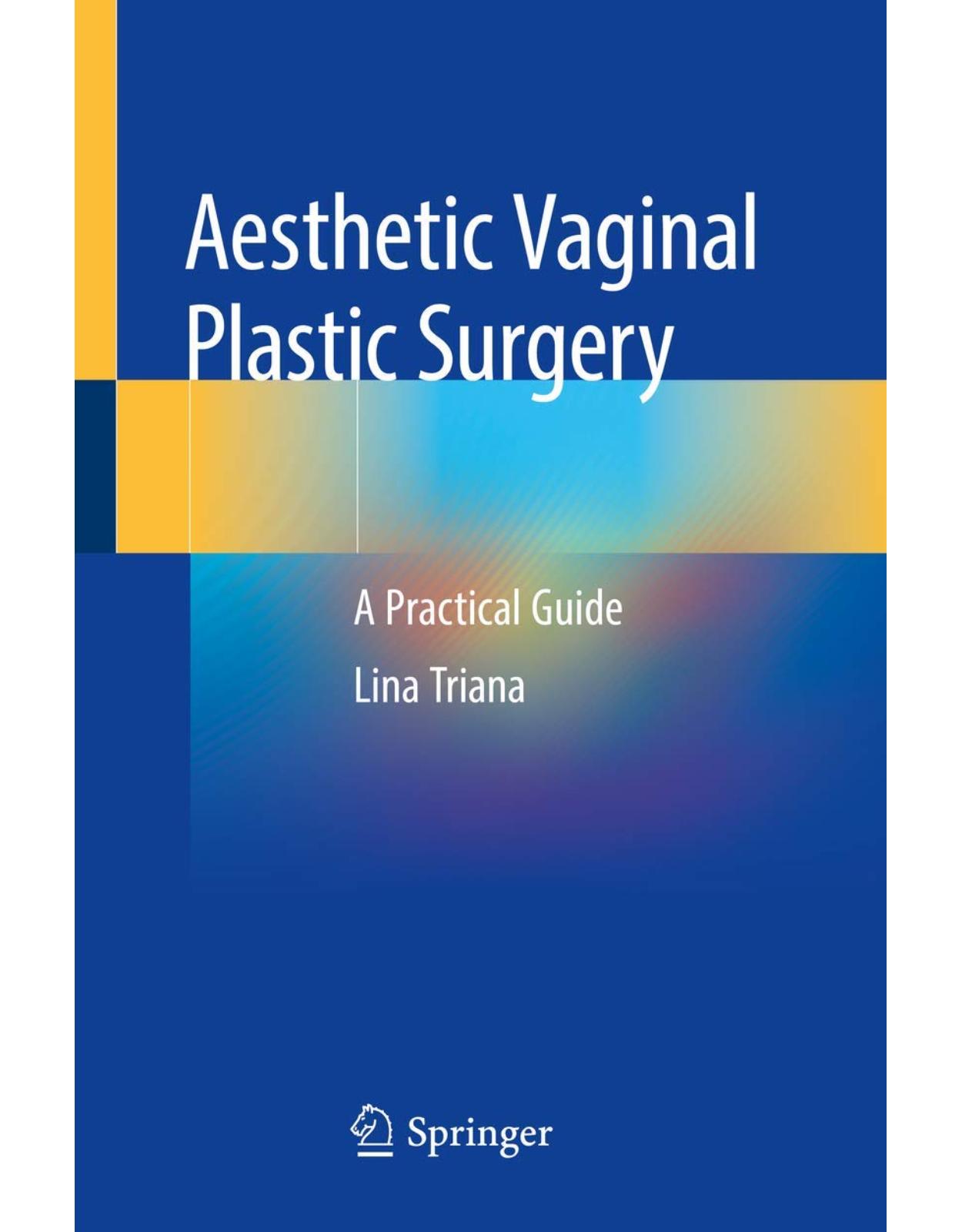
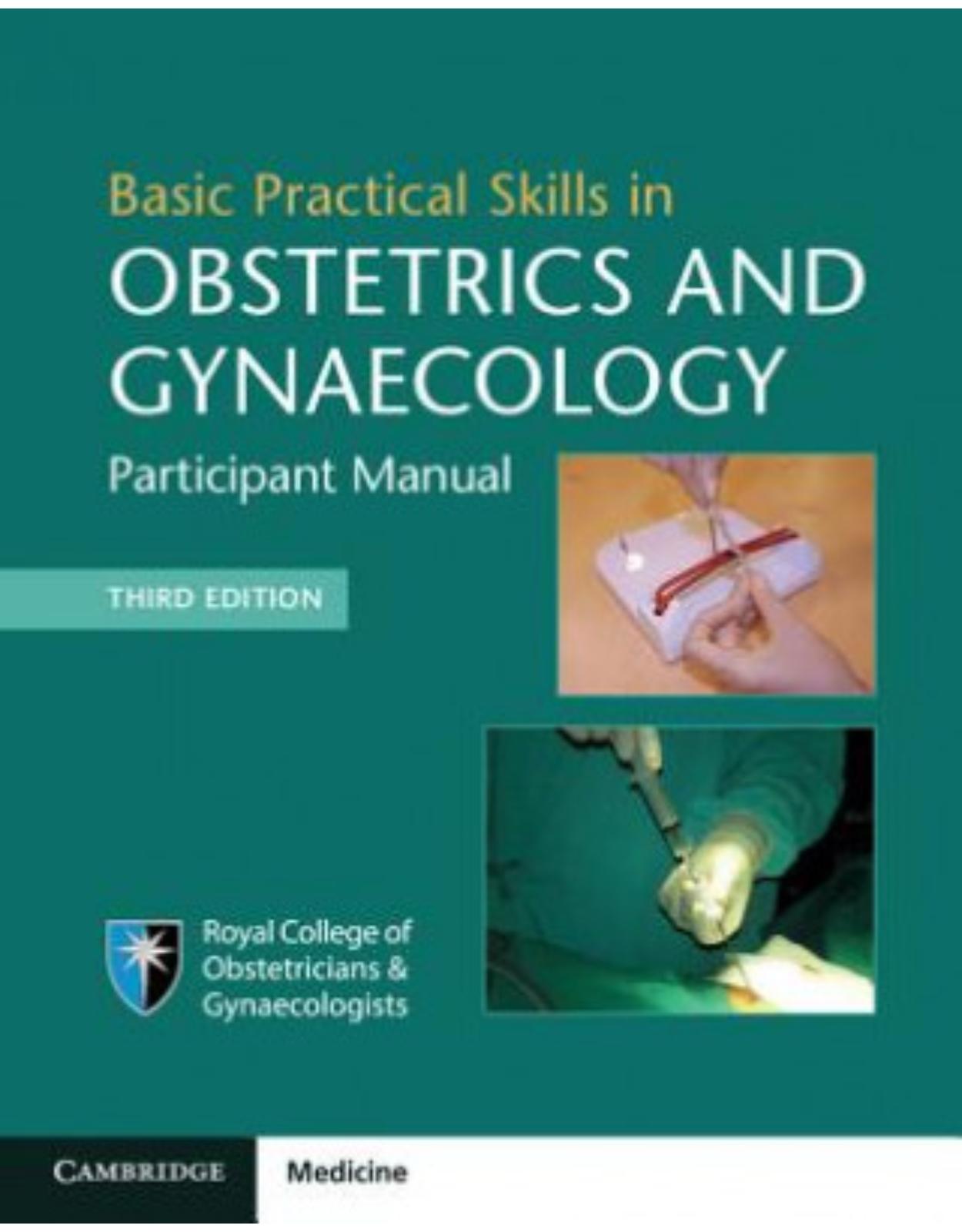
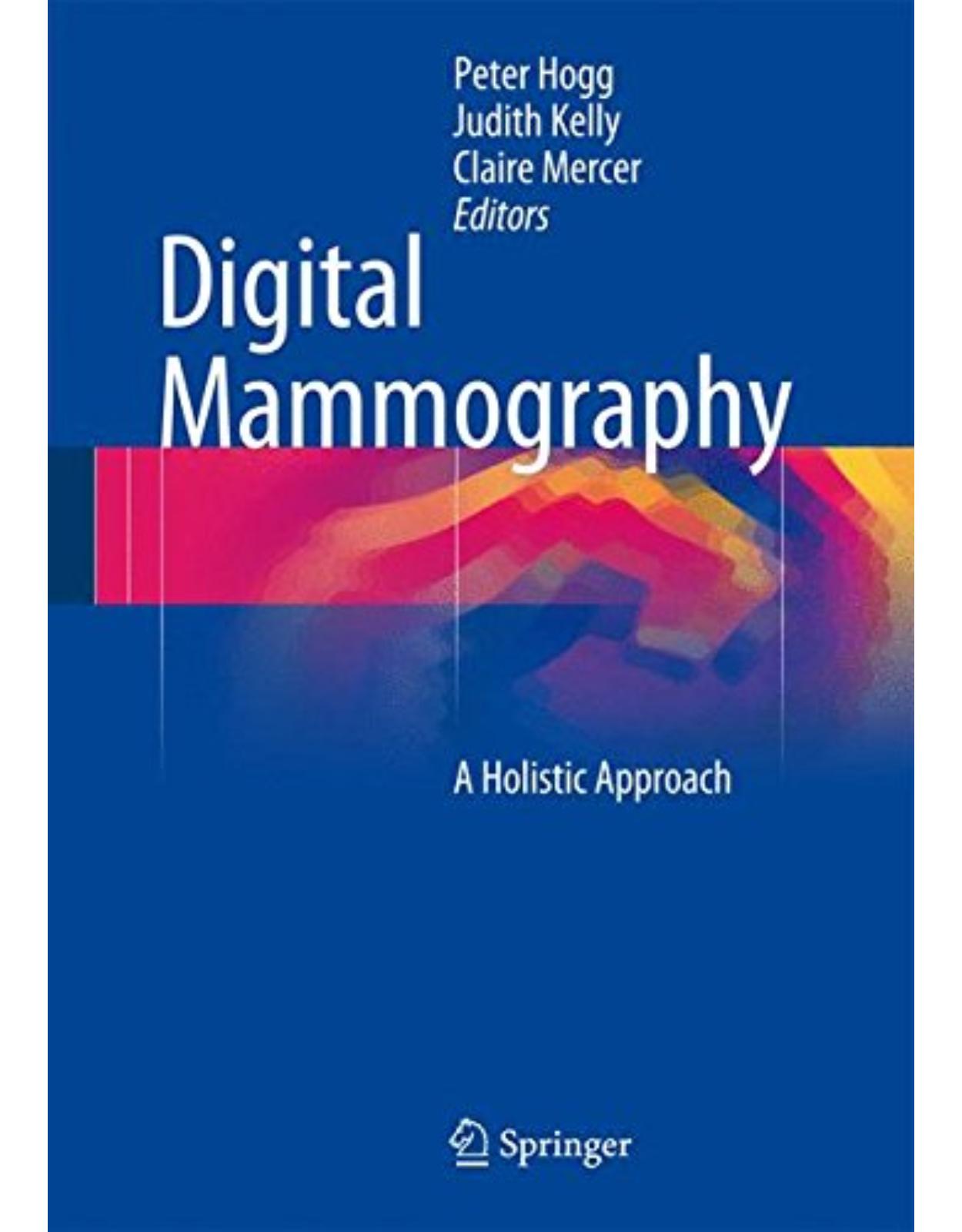
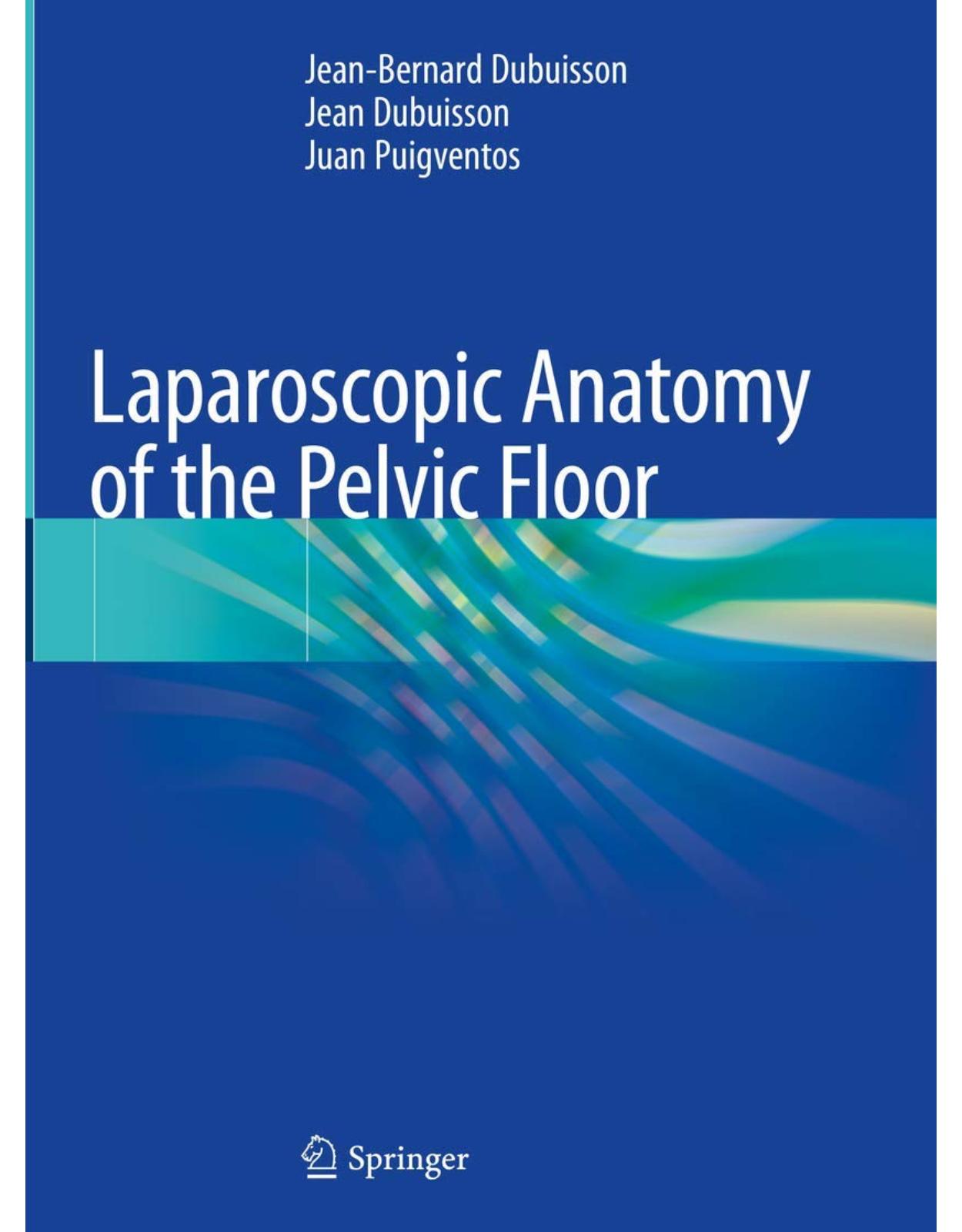
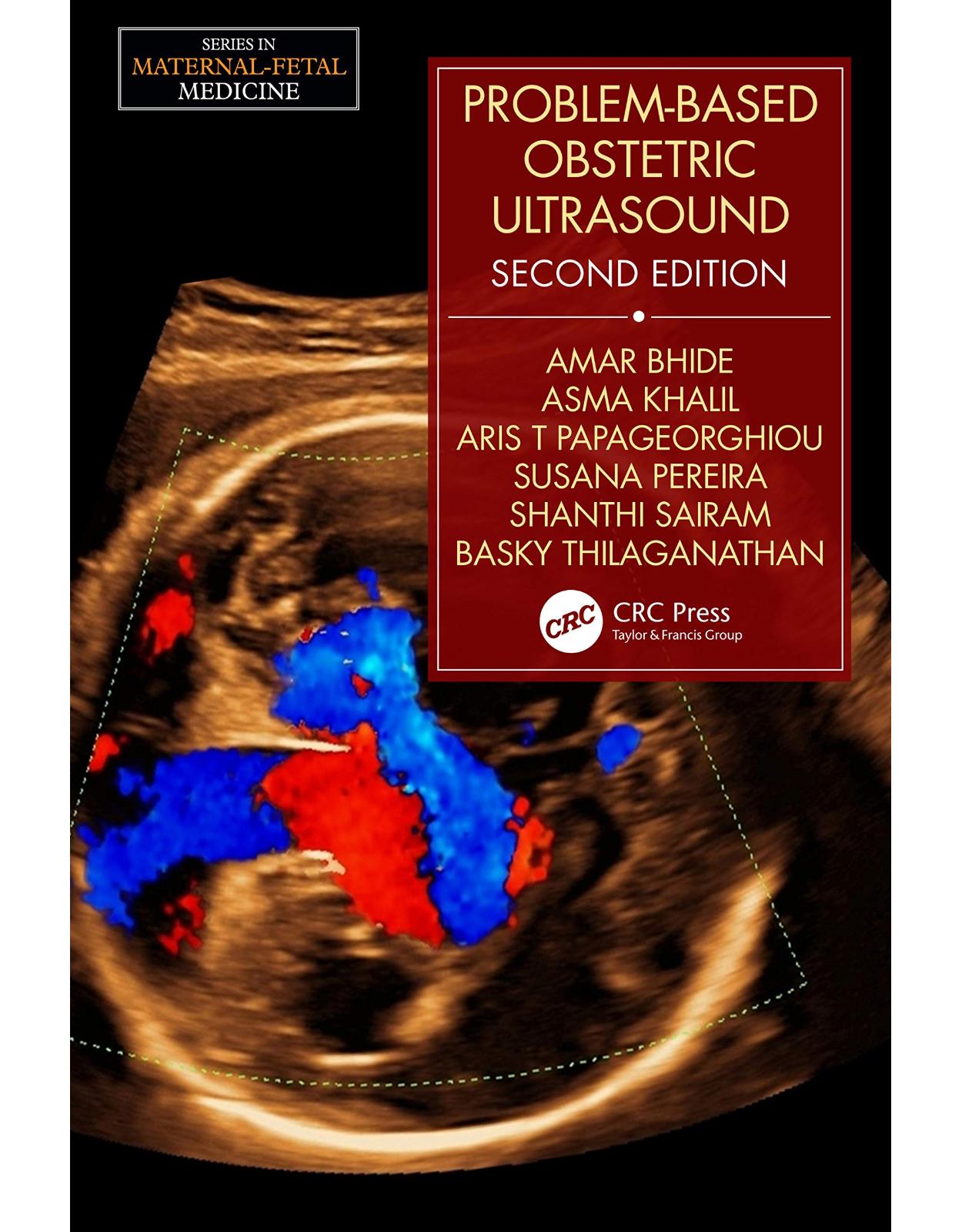
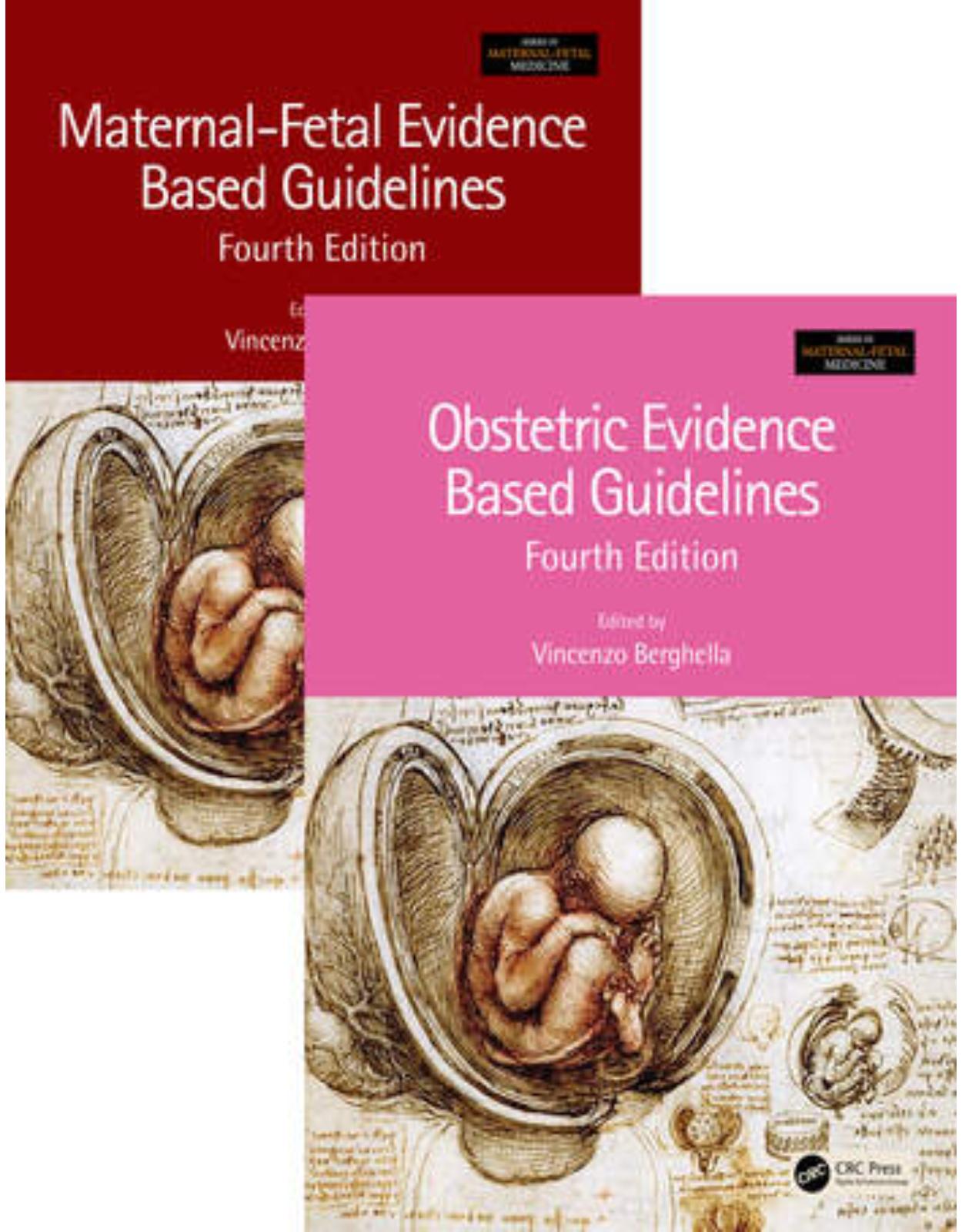
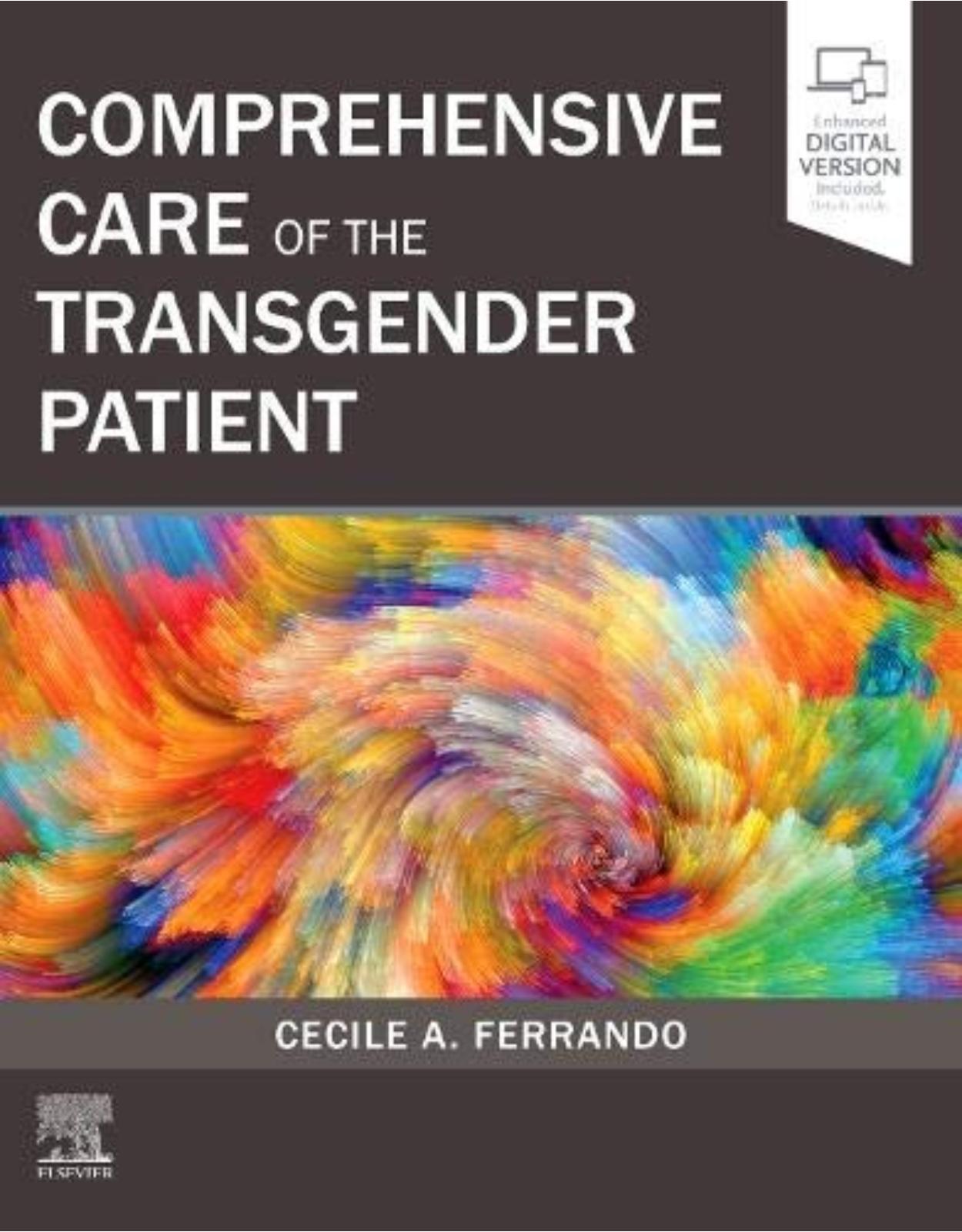
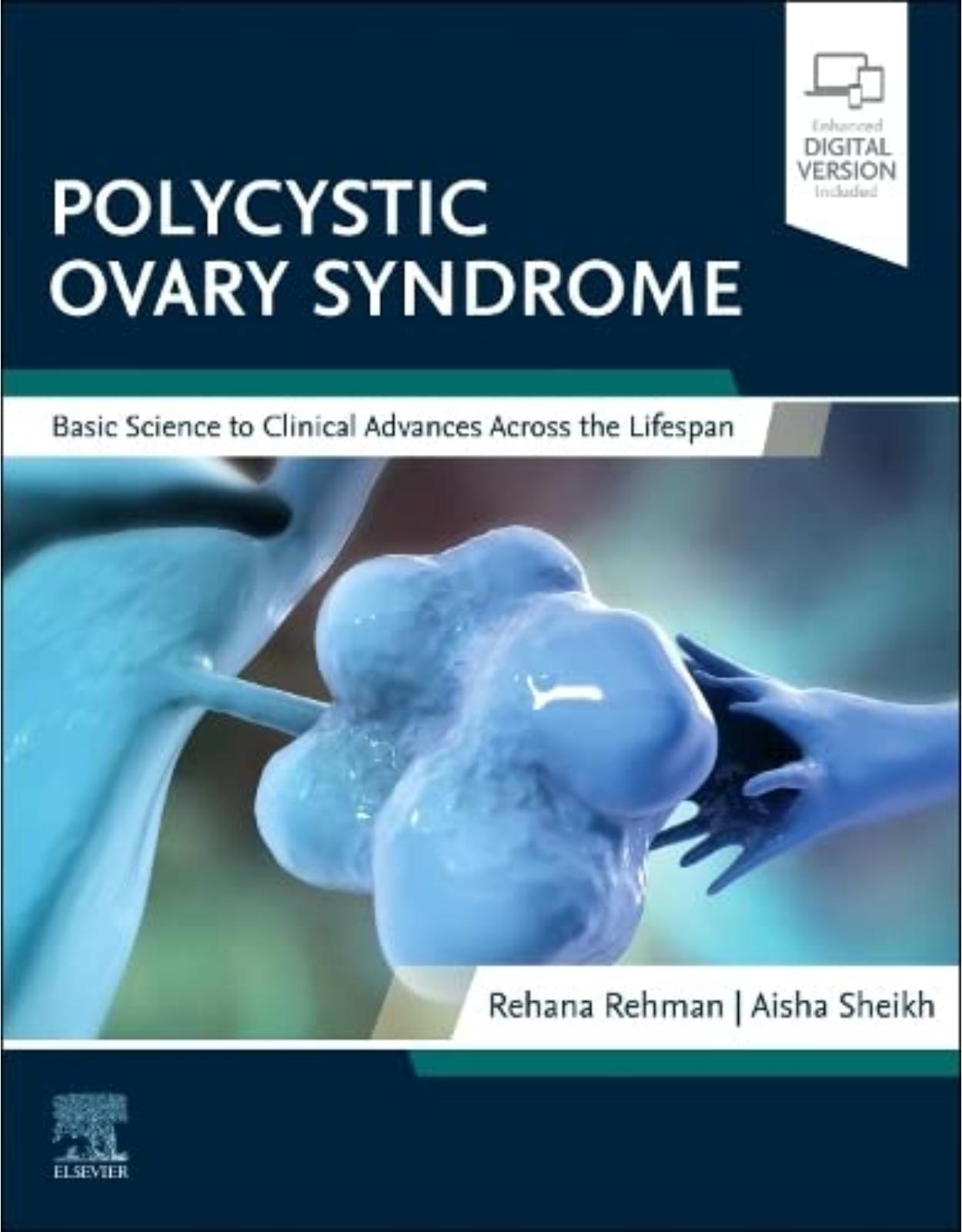
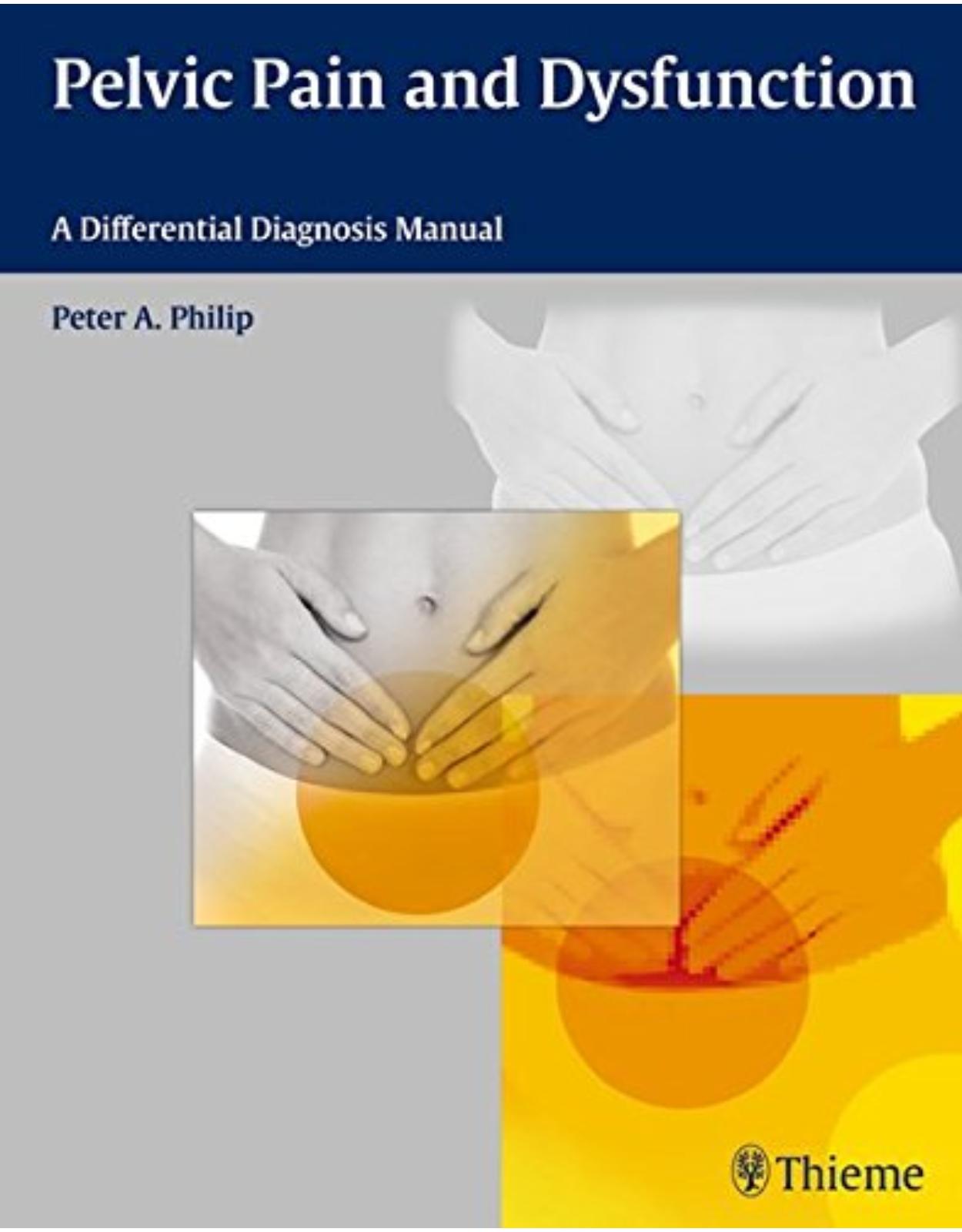
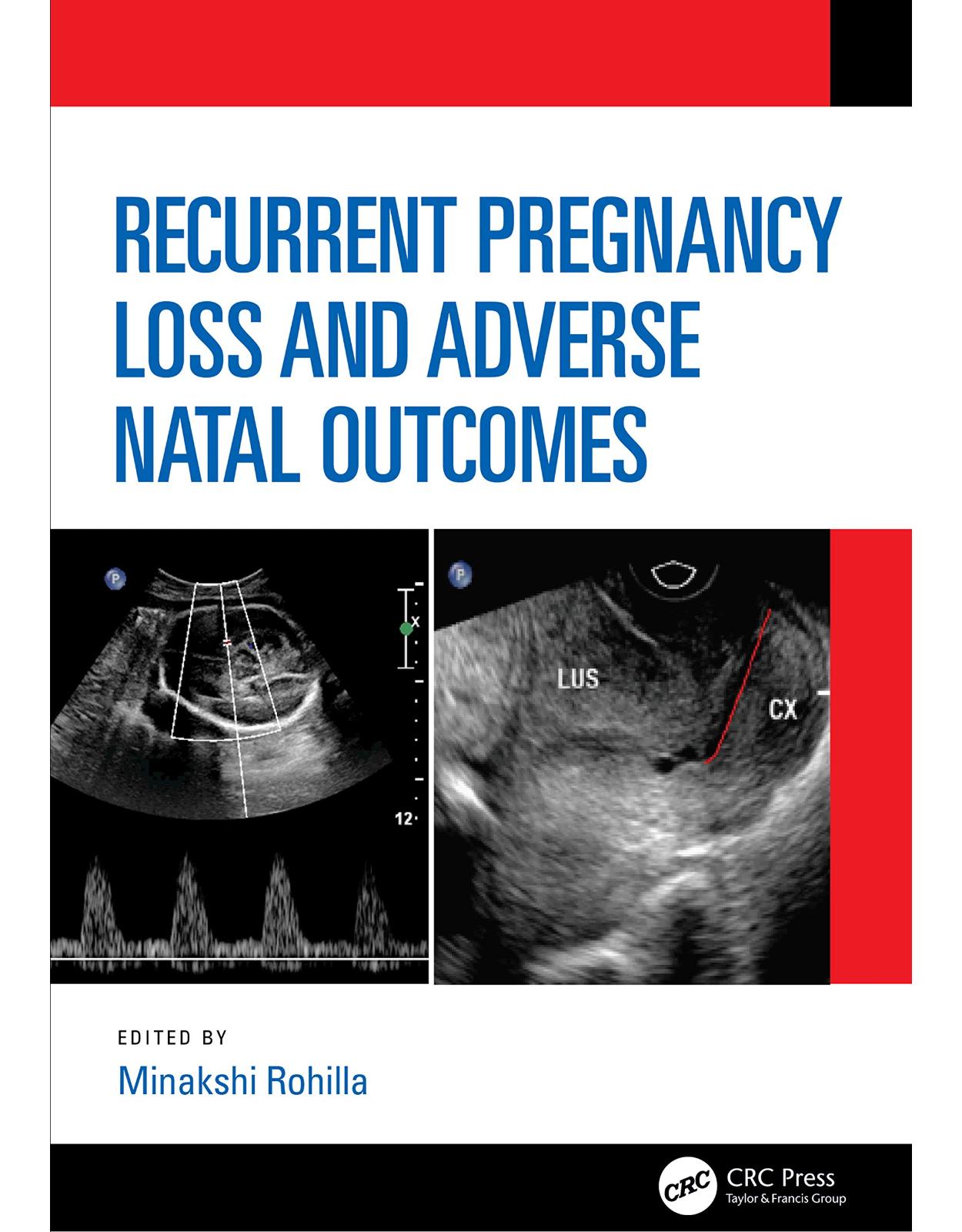
Clientii ebookshop.ro nu au adaugat inca opinii pentru acest produs. Fii primul care adauga o parere, folosind formularul de mai jos.